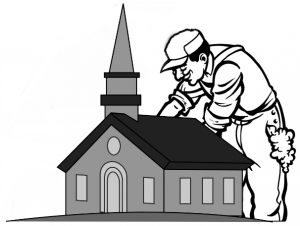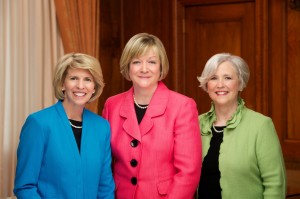In one of the most often-discussed passages of almost-scripture on the Bloggernacle, the Family Proclamation reads:
By divine design, fathers are to preside over their families in love and righteousness and are responsible to provide the necessities of life and protection for their families. Mothers are primarily responsible for the nurture of their children. In these sacred responsibilities, fathers and mothers are obligated to help one another as equal partners.
I’m sure you won’t be surprised to hear that this isn’t one of my favorite parts. I don’t like the attempt to box women and men into prescribed gender roles. I especially don’t like it when these gender roles are attributed to God’s design, when it seems pretty obvious to me that they’re actually attributable to what the 1995 crop of GAs got comfortable with growing up. I think the opening phrase “by divine design” actually kind of signals this, as to me it suggests that the writers knew they didn’t have a scriptural leg to stand on when arguing for gender roles, so they figured they’d better just go big and claim that they (gender roles) came straight from God.

Thinking about this phrase more, it got me to wondering where else in Church rhetoric it had been used, because I swear I had heard it in contexts other than FamProc quotes. I thought these contexts might be interesting to look at. Because if I’m right that use of this phrase signals a speaker who’s grasping for authority but has nothing to cite, then it’s interesting to see where else Church leaders might want to assert things but realize they have no authoritative backing. (I realize that this is a big if, because even I realize this interpretation might be a bit of a leap. I’ll understand if you stop reading here.)


